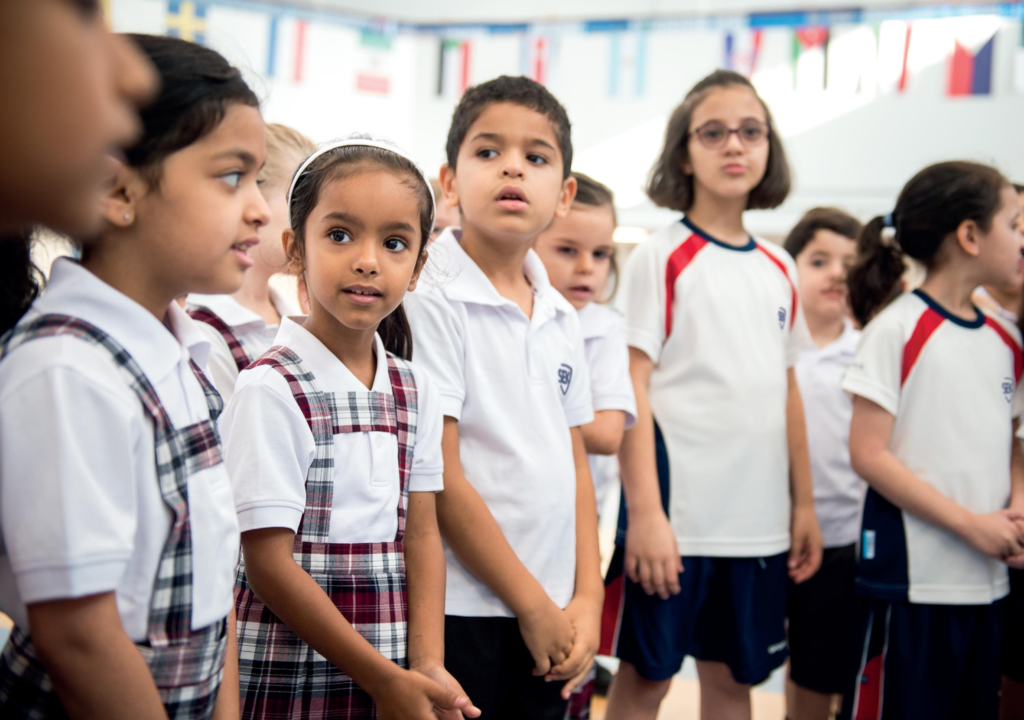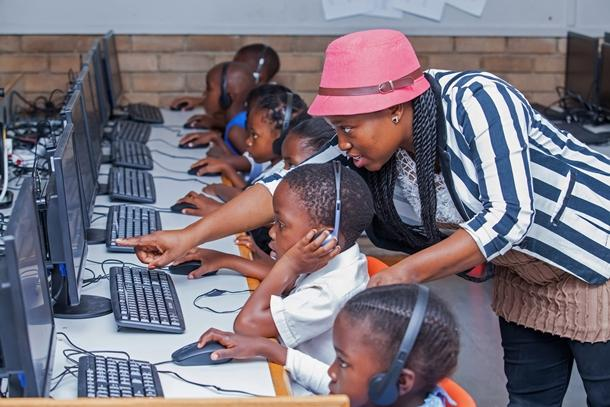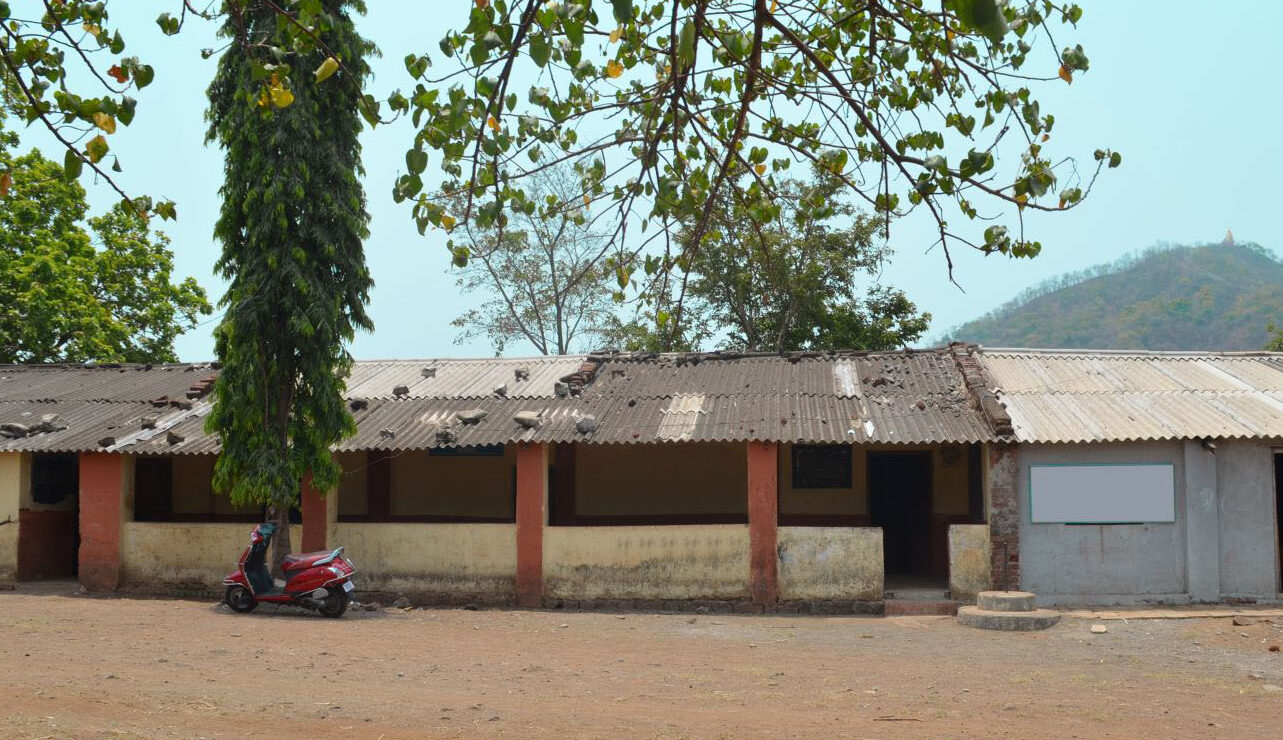In 2025, critical gaps in rural education in Qatar continue to hinder progress despite national advancements in urban schooling. While the country is known for its rapid development and world-class education in cities like Doha, rural areas remain far behind. This divide not only affects students’ learning opportunities but also raises serious concerns about the long-term goals of equitable access to quality education for all.
This report uncovers the key challenges that rural communities face in the education sector and why the government must act swiftly.

1. Lack of Modern Infrastructure in Rural Schools
One of the critical gaps in rural education in Qatar by 2025 is the lack of proper school infrastructure. Many schools in villages are operating in old buildings with outdated facilities. Some still lack science labs, computer rooms, and libraries. Without these essential learning tools, students are unable to explore subjects fully or prepare for university-level education.
Parents in remote areas often voice frustration about their children attending schools without air-conditioning or sufficient classroom space. Compared to well-equipped urban schools, rural institutions remain neglected.
2. Shortage of Qualified Teachers Continues
Another major issue undermining rural education in Qatar by 2025 is the ongoing shortage of trained teachers. Rural schools struggle to attract and retain qualified educators due to lack of housing, transportation, and incentives.
Some schools operate with only two or three teachers handling multiple grades. This multitasking affects the quality of education and leads to burnout among staff. Teachers often lack regular training and are isolated from peer support networks.
Unless the education ministry provides rural-specific teaching benefits and housing allowances, this gap will only widen further.
3. Limited Access to Digital Learning Resources
In today’s digital era, most urban students benefit from online platforms, smart classrooms, and virtual learning tools. Unfortunately, rural students are being left behind. Critical gaps in rural education in Qatar by 2025 include poor internet connectivity and lack of devices in these areas.
Government-led programs such as e-learning and blended classrooms are difficult to implement when students do not even have a stable internet connection at home. This digital divide worsens educational inequality, especially during emergencies like pandemics or exam preparation seasons.
4. Transportation Challenges for Rural Students
Many students in rural Qatar face long daily commutes to reach the nearest school. In some areas, there are no school buses, and families must arrange private transport. This adds pressure on parents and limits regular school attendance.
The critical gaps in rural education in Qatar by 2025 are clear when comparing school drop-out rates: rural regions report up to 30% higher absenteeism due to transport issues alone.
Investment in school bus services and safe walking infrastructure is urgently needed.
5. Language Barriers and Lack of Diverse Curriculum
Rural schools in Qatar often focus solely on Arabic-based curricula with limited access to English or other global languages. This creates barriers for students aiming for international university admissions or competitive exams.
Additionally, the curriculum in rural schools often excludes modern subjects such as robotics, coding, environmental science, or entrepreneurship. These topics are standard in elite schools in Doha, creating an opportunity gap between students based on geography.
Critical gaps in rural education in Qatar by 2025 also mean students have fewer extracurricular choices that could help them build soft skills and career exposure.
6. Ineffective Policy Implementation in Rural Zones
While Qatar’s National Vision 2030 includes goals to improve education for all, local-level implementation in rural areas remains weak. Policies often fail to reach their full potential due to bureaucracy, limited oversight, and underfunding.
Education officials and policymakers tend to focus on urban schools to showcase progress while neglecting rural areas. Without stronger monitoring systems and data tracking, the critical gaps in rural education in Qatar by 2025 will remain hidden from national reports.
7. Socio-Cultural Challenges Block Education for Girls
In conservative rural regions, especially near the southern and western borders of Qatar, girls’ education faces additional cultural challenges. While primary education is accepted, many families hesitate to send girls to secondary school due to distance, safety, and traditional values.
This issue has led to lower female literacy rates and restricted opportunities for girls to enter the workforce. Empowering rural families with awareness programs and secure school environments could bridge this divide.
The Way Forward

To close these critical gaps in rural education in Qatar by 2025, a targeted and well-funded strategy is needed. Here are four key solutions that experts suggest:
- Build new schools and upgrade existing infrastructure in rural areas, with full access to electricity, internet, and digital tools.
- Introduce incentives for qualified teachers to work in rural zones, including housing, transportation, and career advancement pathways.
- Develop a rural-focused curriculum that includes modern subjects, bilingual instruction, and project-based learning to match city standards.
- Launch public-private partnerships to fund e-learning centers and provide devices to students in remote villages.
Conclusion
Critical gaps in rural education in Qatar by 2025 remain a pressing issue despite the country’s fast-growing global status. Equal education is not just a right—it is the foundation of national development and social progress. If left unresolved, these gaps could weaken Qatar’s workforce potential and social cohesion in the coming decades.
Addressing rural education challenges requires bold leadership, community engagement, and consistent investments. Only then can Qatar fulfill its vision of inclusive, high-quality education for every child—no matter where they live.
Also Read – Qatar’s Education Quality Index Sees 12% Surge in 2025



